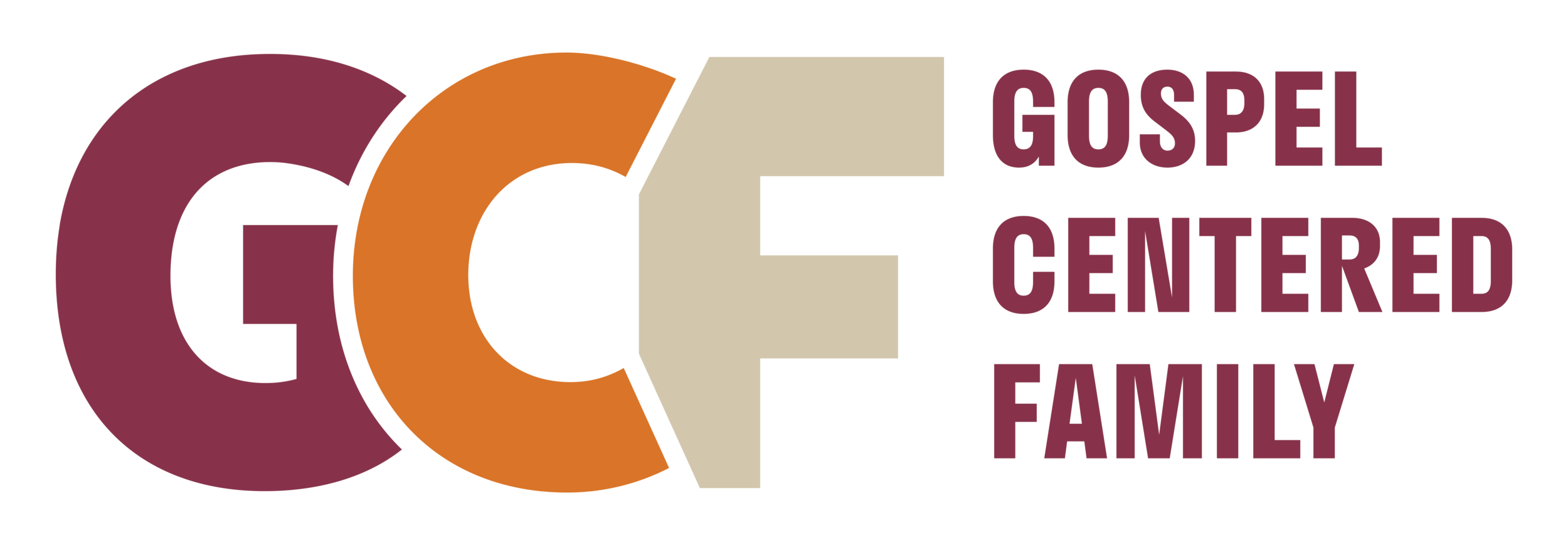Three Reasons to Use a Training Checklist Instead of a Training Manual
A few years back, I had the privilege of working alongside a young man named Andrew. Andrew served for one year as an intern with our church, and he brought expertise I'm really grateful for. Before his internship at Sojourn, Andrew had been a lead trainer for local Chick-fil-A restaurants, and he had created training checklists that were used at a few of the Louisville CFA locations.
Before Andrew's time as an intern, we'd put all our training materials into manuals. We had a 40-page policy book that included our vision, general procedures, and safety policies. One of the first things Andrew did as a member of the team was suggest we transition our policy book into a series of checklists. Moving to checklists has had the advantage of making our training more individual and personal as well as more efficient.
Here are 3 reasons to use a training checklist in addition to (or even in place of) a training manual:
1. Simplicity
According to Andrew, an ideal checklist is one page with text on the front and back. If you are going to keep your checklist to that size, you have to state your policies and procedures simply. Checklist brevity means minimal explanation and digestible chunks. Instead of saying everything there is to say, checklists communicate the minimum and depend on the trainee's personal relationship with the trainer to fill in the gaps. This kind of simplicity encourages questions and interaction instead of information overload. In other words, it encourages engagement and true learning.
2. Portability
Before the checklists, our training was primarily event-based. We'd invite our entire Kids team into large training gatherings. We'd use time to print the large booklets before each gathering so we could work through all of our policies carefully. As our church grew, we found these kinds of trainings were ineffective. It's rare everyone can come. So how can we ensure all volunteers have been trained on the policies? Enter the checklists. Checklists are easily printed, and they are highly portable. I can quickly print a checklist, pull aside a new volunteer on Sunday, and walk through it before or after a service. A service coordinator, coach, or deacon can meet a new volunteer for coffee and work through the checklist. We haven't dumped training events all together, but, as a supplement, we've found the checklists to be quick and easy in addition to being more individual and personal.
3. Accountability
On our resources page, you'll find a number of helpful ministry guides and checklists you can download for free. At the bottom of the Kid's Ministry Policies & Procedures checklist you'll see a signature line. This is a place for both the trainer and trainee to sign off that training has been completed. Because the checklist is brief, the signed document doesn't take up much filing space. That is true whether you're using a filing cabinet or a digital file. In the past, we've used two different systems. At one time, we uploaded and attached a scanned copy of the completed training checklists to each volunteer's profile on our church management software. After changing software programs, we've used a spreadsheet to keep track of when training is completed (each volunteer's profile includes a training completion date). These systems allow me to see both that a volunteer has completed training and what version of the training they received (because policies are updated and change over time), so I can track when a training update is needed on an individual basis.
I'm grateful for Andrew's training genius, and I hope it's been as helpful for you as it has been for our ministry. Do you use training checklists? If so, leave a comment below and let me know of some advantages I may have missed.

